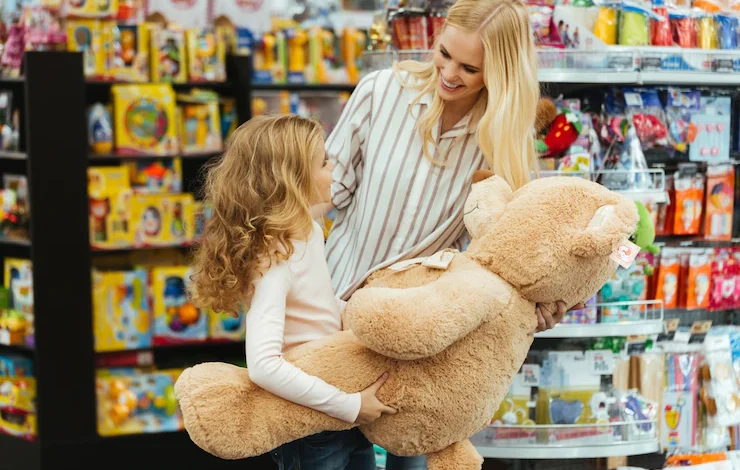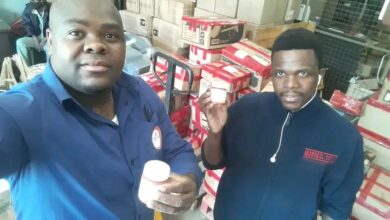How to start a Toy store in South Africa

Toys are an essential part of childhood, fostering creativity, imagination, and cognitive development. If you have a passion for bringing joy to children’s lives and are considering starting your own toy store in South Africa, you’re on the right track. However, like any business venture, it requires careful planning, market research, and strategic execution to ensure success. This article will provide you with a step-by-step guide on how to start a toy store in South Africa.
Step 1: Conduct Market Research Before diving into the toy industry, it’s crucial to conduct thorough market research. Determine the demand for toys in the South African market, identify your target audience, and assess the competition. Explore different regions and demographics to understand the preferences and purchasing power of potential customers.
Step 2: Develop a Business Plan A well-structured business plan serves as a roadmap for your toy store. It should include a mission statement, a description of your store’s unique selling proposition, a competitive analysis, marketing strategies, financial projections, and operational details. This plan will help you stay focused and attract potential investors or lenders.
Step 3: Choose a Location Choosing the right location for your toy store is crucial for its success. Look for areas with high foot traffic, such as shopping malls, family entertainment centers, or busy commercial districts. Consider proximity to schools, parks, and residential areas, as these locations attract families with children.
Step 4: Register Your Business To operate legally, you need to register your business with the Companies and Intellectual Property Commission (CIPC) in South Africa. Obtain all the necessary permits, licenses, and tax registrations, including a Value Added Tax (VAT) registration, if applicable. Complying with legal requirements ensures a smooth operation and avoids potential penalties.
Step 5: Source Suppliers and Inventory Establish relationships with reputable toy suppliers, both locally and internationally. Research different suppliers and compare prices, quality, and delivery options. Build a diverse inventory that caters to various age groups, interests, and budgets. Popular toy categories include educational toys, board games, puzzles, dolls, action figures, and outdoor toys.
Step 6: Set Up an Engaging Store Layout Design an inviting and child-friendly store layout that encourages exploration and play. Create different sections for different toy categories, ensuring a logical flow. Incorporate eye-catching displays, interactive elements, and demo stations to engage customers and their children. Invest in comfortable seating areas for parents or caregivers.
Step 7: Implement Effective Marketing Strategies Develop a comprehensive marketing plan to increase brand awareness and drive traffic to your toy store. Utilize both traditional and digital marketing channels. Consider social media advertising, influencer collaborations, local partnerships, and hosting events or workshops for children. Offer loyalty programs and incentives to encourage repeat customers.
Step 8: Hire and Train Staff Recruit enthusiastic and knowledgeable staff who have a genuine passion for toys and excellent customer service skills. Provide thorough training on product knowledge, sales techniques, and creating a positive shopping experience. Friendly and well-informed staff can enhance customer satisfaction and loyalty.
Step 9: Prioritize Customer Experience and Safety Ensure that your toy store provides a safe and enjoyable environment for children and their families. Regularly inspect and maintain toys for any safety hazards. Implement security measures, such as surveillance cameras, to protect your inventory and customers. Offer flexible return policies and attentive customer service to enhance the overall shopping experience.
Step 10: Monitor and Adapt Regularly monitor your store’s performance by analyzing sales data, customer feedback, and market trends. Adapt your strategies and inventory based on changing customer preferences and emerging toy trends. Stay up-to-date with industry news, attend trade shows, and network with other toy store owners to gain insights and stay competitive.
Starting a toy store in South Africa requires careful planning, market research, and dedication to providing quality toys and excellent customer service. By following these steps and staying adaptable to market changes, you can establish a successful toy store that brings joy to children and contributes to their growth and development. Remember, building relationships with customers and creating a memorable shopping experience are key factors in ensuring long-term success in the toy retail industry.

